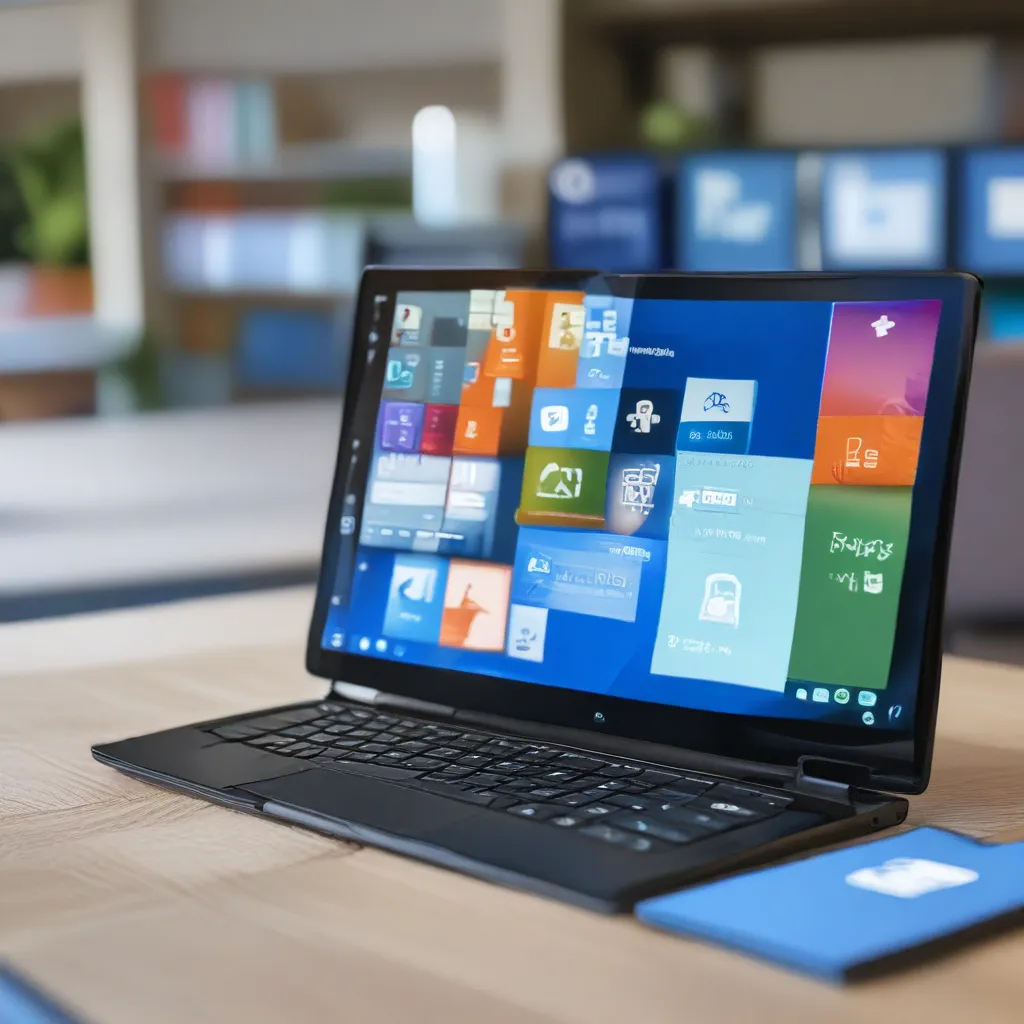
Unlocking the Secrets of File Explorer
As someone who has worked in the computer repair industry for over a decade, I can say with confidence that mastering File Explorer is one of the most crucial skills for any Windows user. Whether you’re a seasoned tech enthusiast or someone who’s just dipping their toes into the digital world, understanding the ins and outs of this powerful tool can make a world of difference in your day-to-day computing experience.
In this article, we’ll dive deep into the world of File Explorer in Windows 11, exploring its hidden features, customization options, and productivity-boosting tricks. So, grab a cup of coffee, and let’s get to grips with one of the most essential components of your Windows experience.
Navigating the File Explorer Landscape
When you first open File Explorer in Windows 11, you’re greeted with a familiar and intuitive interface. But beyond the surface-level functionality, there’s a whole world of hidden gems waiting to be discovered. One of the most useful features is the Quick Access panel, which allows you to quickly access your frequently used files and folders. Unfortunately, this feature has been tucked away in the latest version of Windows, but fear not – with a little digging, you can bring it back to the forefront.
According to Microsoft’s support forums, you can enable the Quick Access panel by navigating to the View tab in File Explorer and checking the “Show Quick Access” box. This simple tweak can save you countless hours of navigating through your file system, especially if you have a well-organized digital library.
But File Explorer isn’t just about navigation – it’s also a powerful file management tool. One of the lesser-known features that can be a real time-saver is the ability to change file associations. As explained on the Microsoft Answers forum, you can easily associate different file types with your preferred applications, ensuring that your documents, images, and media files open with the right software every time.
Unleashing the Power of File Explorer Customization
Now, let’s talk about customization. File Explorer in Windows 11 offers a wealth of opportunities to make the interface your own. One of the most frustrating issues I’ve encountered over the years is the difficulty in resizing windows, particularly on high-resolution displays. Luckily, there’s a simple registry hack that can solve this problem.
As suggested on the AskWoody forums, you can navigate to the HKEY_CURRENT_USER\Control Panel\Desktop\WindowMetrics registry key and adjust the “BorderWidth” value to a larger negative number, such as -160. This simple tweak can significantly increase the size of the window resizing areas, making it a breeze to adjust the size of your File Explorer windows on high-resolution displays.
But the customization options don’t stop there. You can also personalize the appearance of File Explorer by changing the theme, adjusting the font size, and even adding custom icons to your most frequently used folders. These small adjustments may seem insignificant, but they can have a profound impact on your overall computing experience, making File Explorer feel like a true extension of your digital workspace.
Turbocharging Your Productivity with File Explorer
Now that we’ve covered the basics of navigating and customizing File Explorer, let’s dive into some of the more advanced features that can help boost your productivity. One of the most useful tricks I’ve discovered over the years is the ability to quickly access specific folders or drives using keyboard shortcuts.
For example, did you know that you can press the Windows key + E to instantly open File Explorer? Or that you can navigate to your user folder by typing %userprofile% in the address bar? These little shortcuts may not seem like much, but they can save you countless seconds throughout the day, allowing you to focus on the task at hand rather than hunting for files and folders.
Another productivity-enhancing feature is the ability to create custom views in File Explorer. By adjusting the layout, sorting options, and column selections, you can tailor the interface to your specific needs. Whether you’re working with a large media library, managing a complex project folder, or simply trying to keep your digital workspace organized, these customization options can be a game-changer.
And speaking of organization, let’s not forget about the power of file associations. As I mentioned earlier, you can easily change the default programs used to open various file types, but did you know that you can also create custom file types and associate them with your preferred applications? This can be particularly useful if you work with specialized software or need to manage a specific set of file formats.
Embracing the Future of File Explorer
As we wrap up our exploration of File Explorer in Windows 11, it’s important to remember that this powerful tool is constantly evolving. With each new version of Windows, Microsoft introduces new features and enhancements, many of which may fly under the radar.
That’s why it’s crucial to stay up-to-date with the latest developments in the world of File Explorer. By regularly checking the ITFix.org.uk website or following reputable tech blogs and forums, you can ensure that you’re always ahead of the curve, ready to harness the full potential of this essential Windows component.
So, there you have it – a comprehensive guide to mastering File Explorer in Windows 11. Whether you’re a seasoned computer repair technician or a newcomer to the digital world, I hope this article has provided you with the insights and tools you need to unlock the true power of this versatile file management system. Happy exploring, and may your computing experience be forever enhanced!












